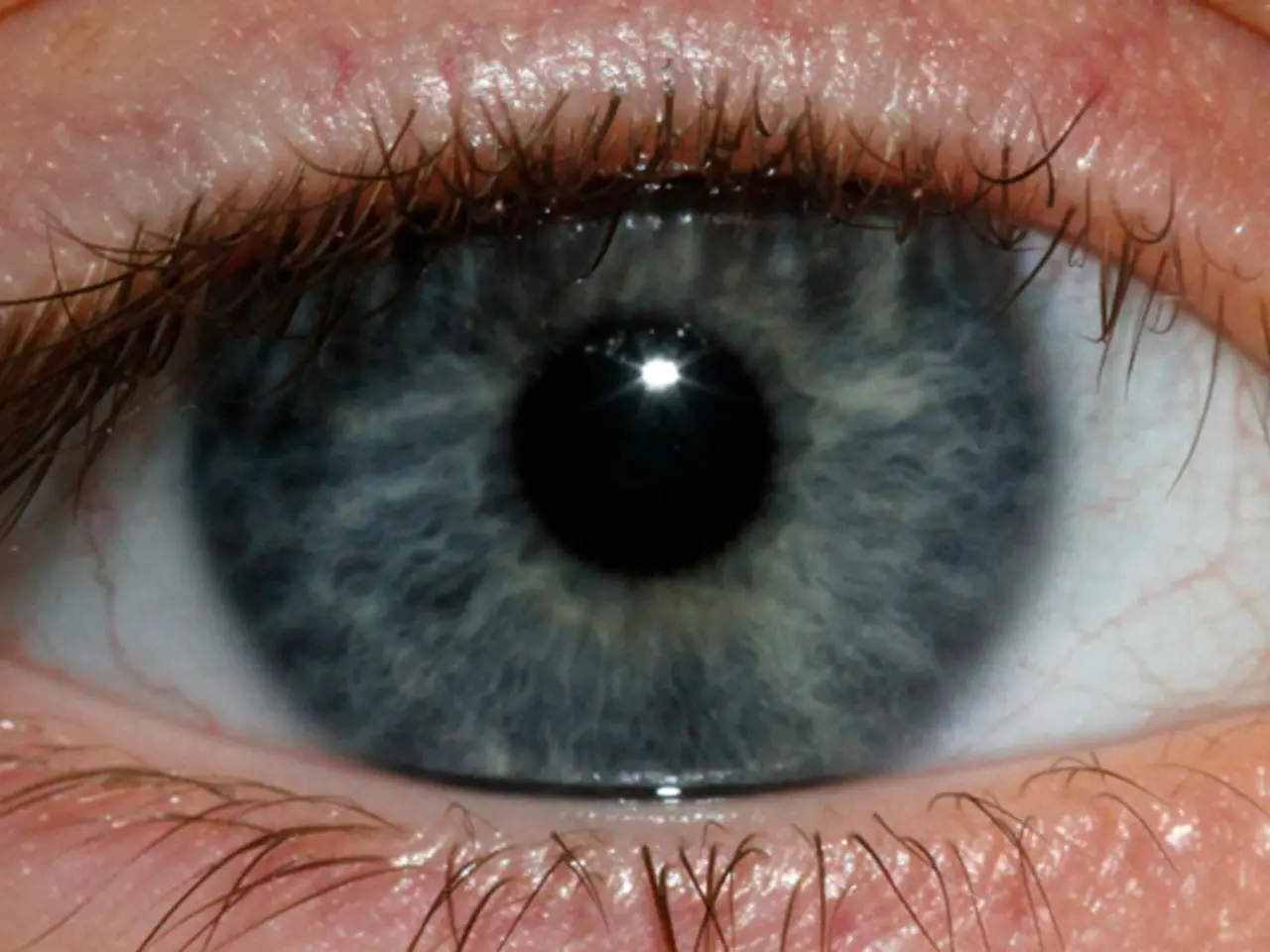Regenerative snails with the ability to regrow eyes could potentially aid in human treatments.
The apple snail, a resilient and prolific invasive species, has captured the attention of scientists due to its remarkable ability to regenerate its complex camera-type eyes. This characteristic, which makes it difficult to control in nature, also makes it an excellent laboratory animal, offering promising new insights for human vision recovery therapies.
Originally from South America, the apple snail is now found in various regions of the world, including as an invasive species. Its eyes, sharing anatomical and genetic similarities with human eyes, have the potential to revolutionise our understanding of eye regeneration and vision recovery.
The apple snail's eye regeneration process takes approximately a month and involves the migration and proliferation of undifferentiated cells to form the eye structures. This process, which has been under scrutiny by researchers, could pave the way for new vision recovery therapies in humans.
The study led by Alice Accorsi at the University of California, Davis, focuses on the genetic and molecular mechanisms responsible for the snail's eye regeneration ability. The research has shown that the eyes of the snail and humans share many anatomical and genetic characteristics.
One key gene that has been identified as crucial for both human and apple snail eye development is the pax6 gene. Turning off this gene in the snails prevented eye regeneration, highlighting its importance in the process. Researchers have developed gene-editing techniques, such as CRISPR-Cas9, to manipulate this gene and observe its effects on eye regeneration.
The next step in the research is to investigate the role of the pax6 gene in apple snail eye regeneration. By decoding the molecular "switch" that enables snails to re-activate eye development, scientists hope to develop gene therapies or regenerative medicine approaches that could reactivate regeneration in human eyes damaged by trauma, macular degeneration, or other diseases.
Other genes linked to specific structures, such as the retina and lens, or to the regulation of pax6 itself, are also being studied. The secret to eye regeneration in the apple snail may lie in molecular switches that control when these genes are active.
The study from the University of California, Davis shows great promise in the field of vision recovery research. Published on August 6 in the journal Nature Communications, this research represents a significant step toward overcoming the current inability of human eyes to regenerate. While the research is still in its early stages, it represents a beacon of hope for those affected by eye injuries and degenerative diseases.
The apple snail's remarkable eye regeneration process, uniquely similar to human eye health, offers intriguing prospects for the medical-conditions sector, particularly in relation to health-and-wellness regarding vision recovery. The study led by Alice Accorsi at the University of California, Davis, has found that the anatomical and genetic characteristics of the snail's eyes could revolutionize our understanding of eye regeneration, potentially paving the way for new therapies to combat various medical-conditions affecting eye-health.




